2022 was a year for extensive arguing about different varieties of Best Girl, what with Yor Forger, Marin Kitagawa, Bridget and probably some more I’m not remembering right now. One of the dark horse entries, based almost entirely in my friendscape’s reaction to the thirteen seconds in a trailer where she pulls a mean face, is Shikimori-san from Shikimori’s Not Just A Cutie.
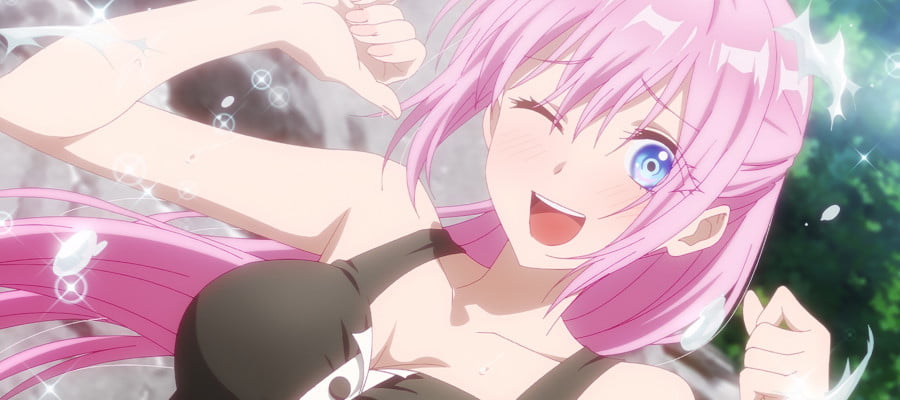
People make fun of light novel anime titles having huge explanations for the entirety of the story you’re buying into but you know, I think that Shikimori’s Not Just A Cutie is basically the same thing. It’s a romance anime from mostly the perspective of a tragically failure-prone boy dojikko (dojibro) who at the start of the series is dating Shikimori. She is a cutie, and also there’s a bit more to her.
Just a bit.
First up you have to know that there’s no grand twist here, there’s no sudden revelation that she’s a magical girl or a secret survivalist or something like that. I thought it’d be funny if the twist was that she was actually like, Black Widow, some sort of secret government assassin choosing to be a cool ordinary girl, like Hannah But Girlfriend or something, but nope. It’s not that, it’s just that she is also good at sports and physically very adept. In base archetype terms, if you’ve ever seen the Dark Prince archetype of a dude in romantic anime, you know, the kind of threatening-hot, commanding type of guy? Yeah, she’s that kinda guy.
And then almost nothing happens across twelve episodes.
Nothing!
N o t h i n g.
In twelve episodes, the ‘events’ that transpire that influence the characters include a school festival where nothing really goes wrong, two sports days in which nothing much goes wrong, a girl realising she had a crush on Shikimori’s boyfriend and never acted on it, and a holiday to a river. There’s no long form myth arc or challenging content, you can easily stop paying attention and miss nothing too important, and a lot of the series is spent setting up opportunities for Shikimori to do something cool or cute and get shown doing that.
It isn’t bad it’s just that the thing it wants me to focus on seems the kind of thing that’s meant to be happening while something else is happening. It’s so remarkably absent of friction and event that I started wondering if that was the point. And that’s why I wind up watching this series trying to find other things to look at. What it’s really about. What it’s not talking about, what it’s only implying.
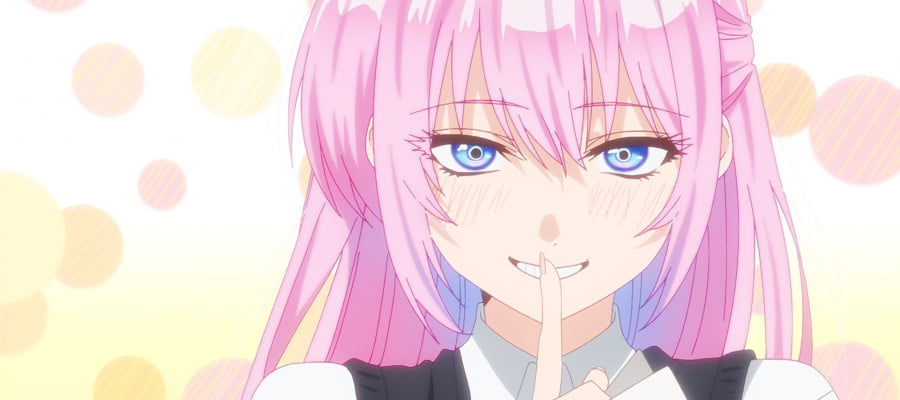
There’s a thread of invisible queerness running through this story, based on the fact that it seems everybody is overwhelmed by how hot and cool Shikimori is. Other girls stare at her and remark on how amazing she is, and there’s even a moment later on, where to protect Izumi, she just smiles and does the ‘shh’ gesture at another girl, resulting in that girl getting a full eyecatch level of ‘oh my god she’s so hot’ kind of reaction, arrow through the heart, big screen freeze frame, whole deal. Girls fawn over girls in this series, with a lot of physical closeness and fixation on their appeal. Izumi’s mother flirts with her and the story points that out.
There’s a section of the story that’s about a second girl who, the story says, has a crush on Izumi, but the way she expresses this is pinning him to a bookshelf and wanting to know everything about how cool Shikimori is, which doesn’t sound like very straight behaviour, y’know. Put a pin in this we’ll come back to it.
Essentially, Shikimori is presented as being the dream girl for everyone around her. Even the other girls. She’s so attractive, she’s so cool, and she starts the series already in a relationship with Izumi, which means you don’t have to find out how this soggy biscuit of a boy who fails at everything and gets hurt winds up dating the Girl All The Girls Want (though, you know, they do go back and show you). The cast is overwhelmingly women – there are something like three boys in total, and every girl who meets Shikimori is charmed by how cool and hot she is, which sure makes it seem like this isn’t just a bunch of bisexual characters, but a bisexual world where the assumption is that everyone in the world likes girls, and that’s just natural.
But that’s not the only kind of queerness that hovers around the story; there are a few points where Izumi compares Shikimori to a hot guy — even aloud, to his friends, where he wonders ‘where that hot dude came from.’ Shikimori’s backstory looks back on a childhood where she was a martial-arts doing tomboy raised by an aggressive older brother, who she wanted to compete with and defeat. Then, she has her eyes opened by shojo manga, and realises how much she wants to feel like these characters, and then does a full training montage of her choosing to become this beautiful girl Shikimori. She updates her wardrobe, she works out, she starts studying how to be a girl. The whole sequence is a set of pills in a montage sequence away from being a sort of speed-running gender transition effect. It’s not that but the structure that sequence pours into is the choice of becoming a gender.
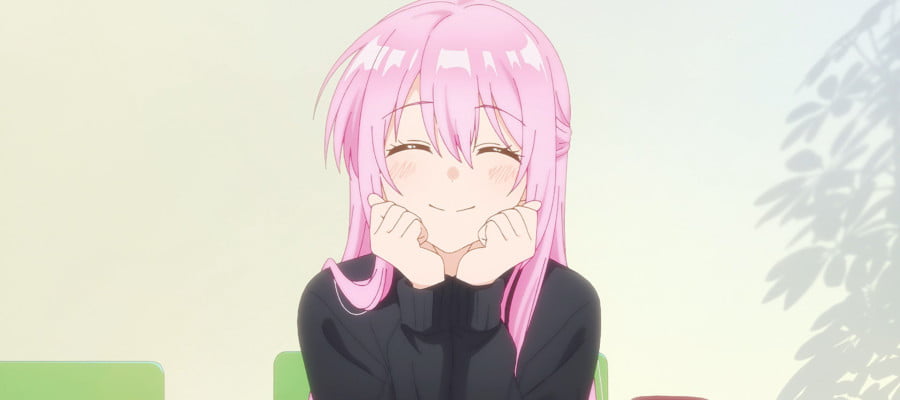
But let’s not talk just about the general vision of queerness in terms of the more obvious categories I talk about all the time, but instead the really strange way it handles its ‘love triangle.’ Note that there’s no actual love triangle; Shikimori is dating Izumi, and Izumi finds out there’s a girl, Kamiya, who had a crush on him and never acted on it. There’s this really weird sequence there, where the story holds its breath and you may imagine that it’s about to do something like, a conflict, but instead the conflict is about whether or not there will be a conflict.
Basically, Kamiya doesn’t quite go to explain her feelings to Izumi. That’s the thing she’s building up to doing, and instead winds up meeting on the rooftop to talk with Shikimori… who then thanks her for not doing it, for showing that she’s willing to take that hit for kindness’ sake, Shikimori hugs her, and is a cool princely type, who reassures her about her feelings, and
Right, that’s it
Right?
Except the next episode is Shikimori and Kamiya going on a date. Oh sure, it’s just gals being pals, just where Kamiya explains to Shikimori whether she’s a top or bottom and Shikimori winning her prizes in crane games and then playing basketball with her to defeat again some weirdly hot delinquents. It’s super weird because the story had set things up so that Kamiya could just walk on out now, she’s done her bit, she’s had her introduction, her development episode, then there’s a whole episode dedicated to her and Shikimori going out on what is definitely a date and Kamiya reflecting on how this helps her deal with her heartache.
Girl, you just have another crush now!
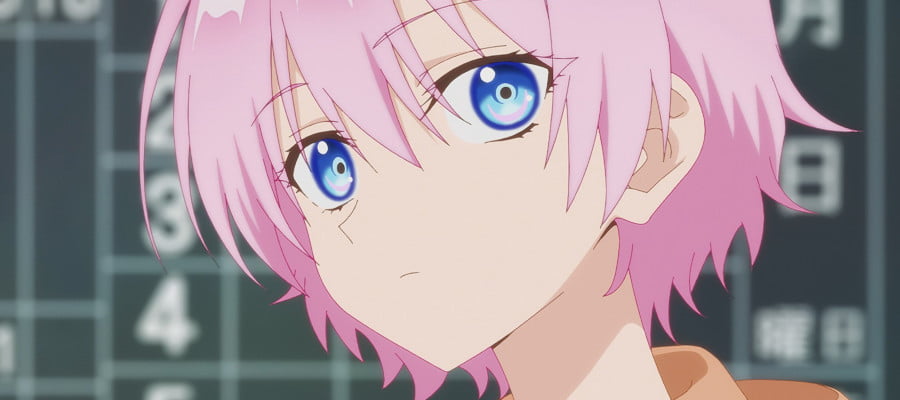
But I’m the one bringing that to bear here. All of it. The polyamry, the bisexuality, the eerie silhouette of Shikimori’s relationship to her gender being that of an AFAB trans woman. Because sure, this is all about answering the question ‘what is this implying,’ but I’m the person answering it.Because left to its own devices, one of the big things this series is implying is that it’s Japanese.
All this stuff, the gendersy stuff, the queer stuff, that makes sense to me, because I grew up in a repressive environment where you couldn’t tell someone you wanted to kiss a boy because of the potential ramifications and that meant any exploration of that had to be done with the most timid of hidden signals and ambiguities. Thing is, I don’t think that anime is being made with the mindsets of a millenial Australian from a church school, and what I see is perhaps much more reasonably represented by them making a series about being a Japanese teenager, and the way that gender is policed and patrolled there.
If you look at the work as presented, this is the heroic story of a tomboyish girl who after much struggle, resolves to commit to the task of becoming a completely standard, iconically represented example of a woman as her culture determines she should be. It’s not a challenging story, and in a lot of ways it’s about the triumphant overcoming of self-image that lets a girl who was already awesome in one way graduate into the most conformist image of being A Girlfriend.
The way the show is so empty of conflict, and so light on its challenge means that if you’re not bringing one of these other lenses to bear on the story, if you’re not looking for headcanons to adjust, then the story seems to be trying to shape itself to resist an absence of struggle, to show how hard it can be, how triumphant it must be for a young girl to transform herself into a romance manga prize. It says that you can be a girly girl who studies and is cute in the most conventionally feminine aesthetic as already allowed, as long as you recognise that that’s the thing you should be.
It’s Liberal Centrist Girl Utena.
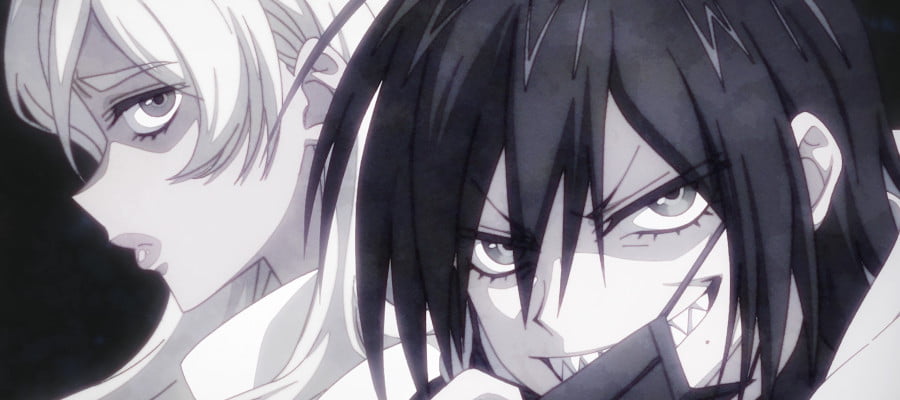
Now that may sound like I think this show sucks, but I really don’t. I think that there are a lot of different ways to turn this lens to see how you feel about it, but where it’s inescapable that it is itself, and anything else is something you bring to it. And when you consider what it is, on its own, regardless of how you choose to see the world or the characters, I did still like watching this fluffy nothing of an anime. Maybe it’s just because the fluffy nothing it seems to think is relaxing and fun is stuff I genuinely like things to see stories choose to be about: Working together, building friendships, and weirdly homoerotic hangouts with hot delinquent girls!
It’s kind of like watching a shounen series in that you tune in to watch some basic setup and then the moment when the hero shows up and punches someone real good, except the thing you’re waiting for is seeing how Shikimori shows off how absolutely freaking cool she is this time. That’s all an episode needs, because, uh, Shikimori is incredibly cool and seeing her do cool things is also very cool.
There’s also something to be said for the point the series wraps up. The finale that most romance anime build towards is some progression of a romance to the next level – a commitment, a marriage, or sometimes, a first kiss. In Shikimori’s Not Just A Cutie, it does build up to a date between Izumi and Shikimori in which yes, a kiss is made and the two talk about their feelings and how they want to be together, and that date is really charming. There’s one thing in it that I like in particular, where they see the queue for the dark ride they want to get on is about ninety minutes. They queue up and start talking, and then we see a montage of them progressing through the line for the whole duration of that wait; talking to one another, gesturing animatedly, discussing things, joking and laughing all while around them, other people are just bobbing along.
It’s a really lovely sequence for representing a really true feeling for me, where doing nothing with the person you care about can feel great; where what you want to spend your time doing is being in the place with that person, talking to them, understanding them, and you can’t be bored because you’re both there and you have the energy and will to just… talk. It’s a really sweet moment, and I liked it a lot.
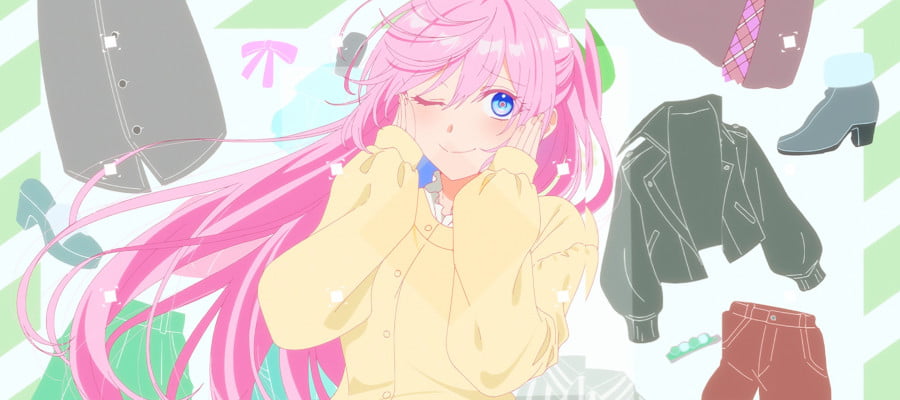
Shikimori’s Not Just A Cutie is a gentle toothless anime about nice people being nicely into one another not because I’m missing anything or because there’s something even deeper that I’m missing. It’s literally the point, it’s what this genre of anime and manga is about, it’s what it’s for, it’s just that thanks to the way marketing works, I don’t tend to see stuff in this genre unless it has some other reason to escape its generally accepted orbit, like Don’t Toy With Me, Miss Nagatoro or Horimiya.
I make fun of Hallmark genre movies. I make fun of them because they’re toothless, anemic, don’t tend to have a meaningful follow-through on the narrative they’re presenting, rely on tired tropes and fixate on the perspective of boomer grandparents who want to watch people their millenial kids’ age that make them feel young but not too young. And all those things are totally valid things to criticise them for. Mixed in amongst those criticisms, though, there’s this recurrent thought that hey, these things are just nice stories for people who want nice stories. They lack bite and edge because I want those things in a story, and these things are just relative.
Sometimes you can fall into a subgroup’s media and not realise that the things that you think are problems are here, the point.